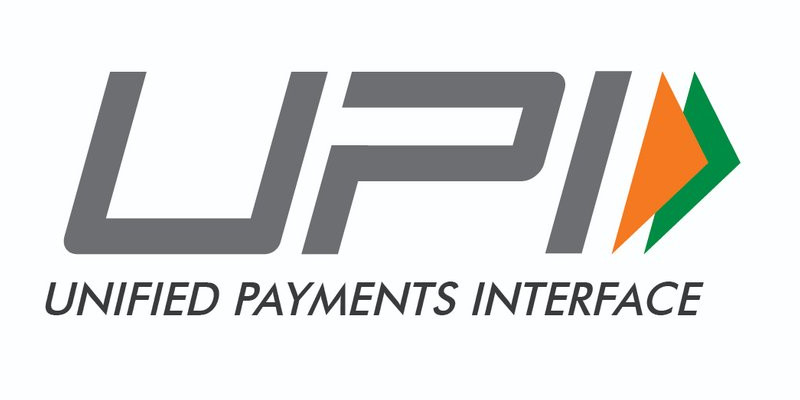Standardizing UPI Payments in the Securities Market

The Indian securities market is currently undergoing a pivotal transformation in its digital payment infrastructure, driven by a recent and comprehensive directive from the Securities and Exchange Board of India (SEBI)1. This initiative, focused on the standardization and validation of Unified Payments Interface (UPI) IDs for payments to intermediaries, represents a strategic leap towards fortifying financial security, optimizing operational efficiencies, and significantly elevating investor confidence. The circular, a testament to SEBI’s proactive regulatory stance, meticulously delineates the responsibilities of various market participants including Market Infrastructure Institutions (MIIs), Registrars to an Issue and Share Transfer Agents (RTAs), banks, and the diverse range of intermediaries – all converging on a unified goal of streamlining payment processes and bolstering investor confidence. This forward-looking approach aims to address contemporary challenges in digital transactions, ensuring that the rapid evolution of payment technologies serves to enhance, rather than compromise, the integrity and security of the securities market.
Enhancing Investor Protection and Awareness
Empowering the investor is at the heart of this paradigm shift framework. This is done specifically through enhanced security and tremendous awareness. One requirement of this new system is for MIIs and RTAs to make the necessary changes to their back-end system. The technical changes are needed to allow intermediaries to easily access the SI Portal which is the intended central management environment for these new creation of standardized UPI handles. The ability of central management is expected to provide consistency while limiting the opportunities for mistakes or fraud.
Beyond the technical implementation, a significant and arguably more impactful facet of this directive is the emphasis on investor awareness initiatives. SEBI has not merely introduced a new system but has also prescribed an aggressive and multi-modal communication strategy. MIIs and RTAs are now obligated to proactively promote the newly introduced payment handles and, critically, the “SEBI Check” functionality. This promotional drive is designed to leverage a wide array of communication channels, including SMS, email communications, social media posts, and audio-visual messages. Furthermore, the directive explicitly mandates the inclusion of clear, prominent, and easily digestible displays on all relevant websites. These displays are intended to serve as constant reminders and educational resources for investors, highlighting the unique and inherently secured nature of these new UPI handles designated specifically for payments to intermediaries.
Phased Implementation and Key Timelines
The successful adoption of such a comprehensive regulatory change hinges on a meticulously planned and executed implementation schedule. SEBI’s circular meticulously outlines an activity-wise timeline, with ‘T’ serving as the pivotal reference point, denoting the official date of the circular’s issuance. This structured approach is designed to ensure synchronized efforts across all stakeholders, minimizing potential bottlenecks and facilitating a smooth transition.
The initial phase, commencing immediately at ‘T’, requires self-certified syndicate banks to swiftly engage with SEBI within a tight 30-day window to secure their essential login credentials. Following this, MIIs are granted a 60-day period from ‘T’ to diligently implement the necessary modifications within their respective intermediary portals. Concurrently, self-certified syndicate banks are allotted an additional 15 days, extending to ‘T + 75 Days’, to complete their requisite system changes. A crucial and integrated phase of testing is then initiated. MIIs are slated to conduct their testing between ‘T + 60 Days’ and ‘T + 75 Days’, directly overlapping with the banks’ modification period. Immediately thereafter, self-certified syndicate banks will conduct their own rigorous testing from ‘T + 75 Days’ to ‘T + 90 Days’.
Upon successful completion of testing, the system moves to the allocation of UPI IDs by the banks, commencing at ‘T + 90 Days’. Subsequently, intermediaries are provided with a window of 15 days, from ‘T + 90 Days’ to ‘T + 105 Days’, to actively obtain their specific “@valid” UPI handles. A significant enforcement milestone is set for T + 180 Days, by which date intermediaries are strictly mandated to discontinue the use of their legacy UPI IDs. Crucially, an extensive investor awareness campaign is slated to begin well in advance, from ‘T + 120 Days’. This methodical, phased rollout exemplifies a well-considered strategy aimed at minimizing disruption while simultaneously guaranteeing a seamless and secure transition to the new payment infrastructure.
Addressing Stakeholder Queries
For intermediaries: obtaining these new UPI IDs is mandatory for all regulated entities. Intermediaries are unequivocally obligated to proactively inform investors about the new handles and must mandatorily offer them as a primary payment option. While existing SIPs will continue through current modes to prevent disruption, new SIPs and renewals will exclusively utilize the new UPI IDs. Intermediaries are also explicitly directed to use the utility provided by SEBI for username generation and to generate a QR code with a specific “thumbs-up” logo for investor convenience and security. The necessity of incorporating the prescribed suffix (e.g., ‘.brk’, ‘.mf’) in the username is underlined as a crucial identifier for investors.
While investors retain the freedom to choose their preferred mode of payment, if UPI is selected, it must be through the newly allotted UPI IDs of the registered intermediaries. Most critically, investors are provided with clear, actionable steps on how to verify the authenticity of the new UPI IDs and QR codes, including checking for the intermediary’s name, the correct category abbreviation, the presence of the exclusive “@valid” handle, and the critical visual cue of a white thumbs-up icon. The FAQs also confirm that investors themselves are not required to obtain new UPI handles.
Conclusion
This careful consideration for possible issues from either side of the transaction exemplifies SEBI’s holistic effort to facilitate a seamless, secure, and transparent digital payment system in the Indian securities market. In this way, the current initiative represents not merely a regulatory change, but rather, an intentional move to bolster safety and efficiency within the country’s financial sector.
By entering the email address you agree to our Privacy Policy.